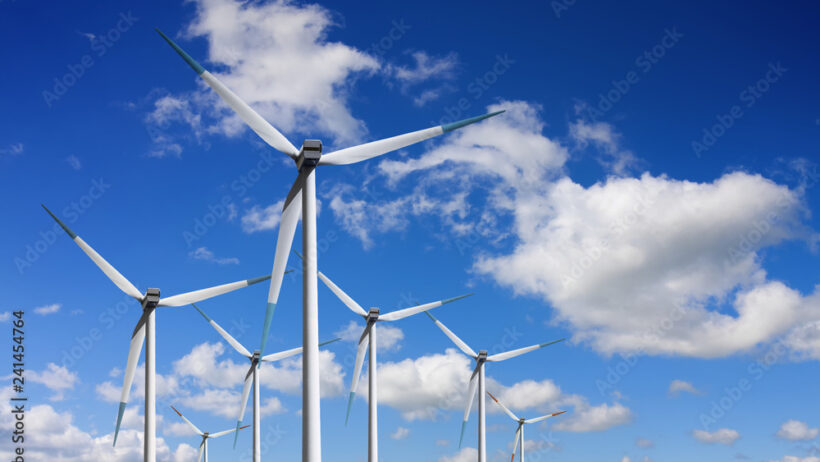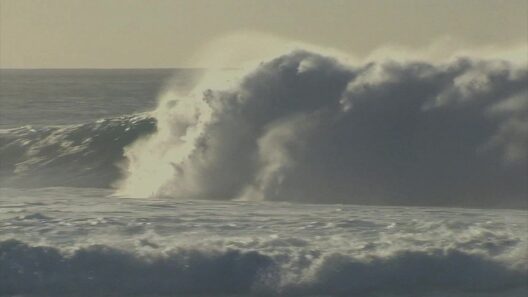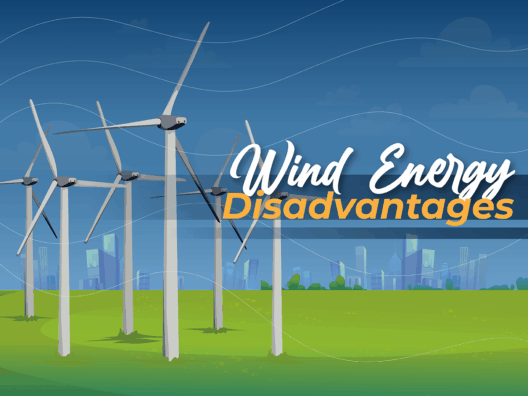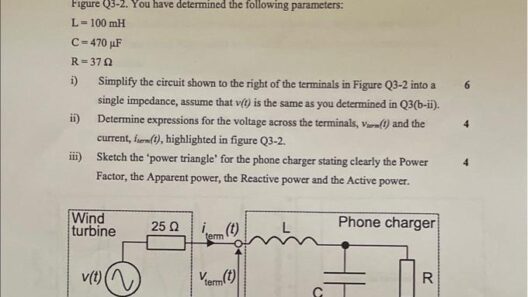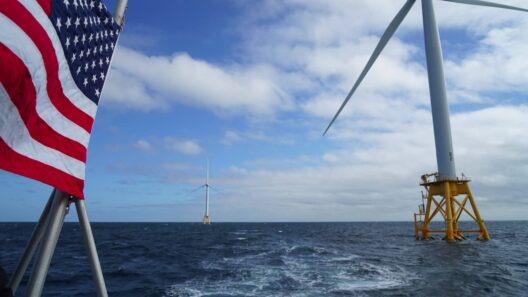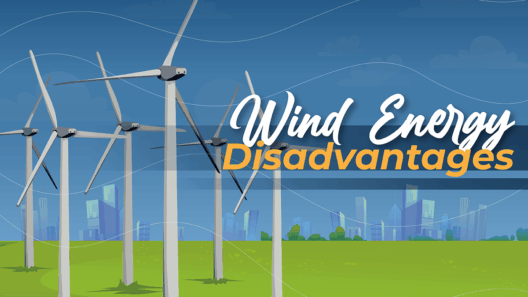Wind energy stands as a formidable ally in the pursuit of renewable resources. The visual allure of majestic wind turbines dancing in the breeze is not merely an aesthetic choice; it is a potent symbol of innovation in energy production. However, one question persists: how do wind turbines store energy? Understanding this process illuminates the complexities behind renewable energy, ensuring we appreciate both its potential and its intricacies.
The Intermittent Nature of Wind Energy
Wind energy is inherently capricious. Unlike solar or hydroelectric power, the output from wind turbines fluctuates with the whims of weather patterns. On blustery days, these structures can capture significant quantities of energy, but on still days, their output can plummet. This variability necessitates a robust strategy for energy storage to ensure that wind-generated electricity can be utilized even when the winds are whispering rather than howling.
Strategies to Harness the Power of the Wind
To mitigate the unreliability of wind energy, engineers have devised several ingenious methods for storing this power. Each approach reflects a nuanced understanding of physics, chemistry, and environmental science, showcasing our growing sophistication in renewable technologies.
Battery Storage: The Electric Reservoirs
Among the most prevalent methods, battery storage has gained immense traction in recent years. Lead-acid batteries and lithium-ion batteries are standard options that convert excess electrical energy generated by wind turbines into chemical energy. When energy needs peak or actual energy generation drops, these batteries discharge their stored energy back into the grid, ensuring a continuous supply.
This technology possesses an aesthetic appeal, as contemporary battery installations can integrate with renewable energy systems seamlessly. However, battery storage presents challenges, including the finite lifespan of batteries, dependence on raw materials, and recycling concerns that provoke ongoing discourse in environmental circles.
Pumped Hydro Storage: Nature’s Reservoirs
Another captivating technique for energy storage is pumped hydro storage, a process that mimics the natural dynamics of water flow. During periods of high energy production, usually when winds are brisk, excess electricity is exploited to pump water from a lower reservoir to an elevated height. When energy demand spikes, that water is released back to the lower reservoir, turning turbines and generating electricity.
This method, while requiring specific geographic conditions, is incredibly efficient and offers large-scale storage capacity. The allure lies not only in its functionality but also in its harmony with the surrounding landscape. Reservoirs can create visually stunning vistas, becoming integral parts of both nature and energy infrastructure.
Flywheel Energy Storage: The Mechanical Marvel
Perhaps less common but equally intriguing is flywheel energy storage, a complex interplay of kinetic energy and mechanical engineering. In this setup, excess electricity from wind turbines charges a flywheel, causing it to spin rapidly in a vacuum. This spinning mass retains energy in the form of kinetic energy, which can be converted back into electricity when required.
Flywheels can deliver rapid bursts of power, making them ideal for stabilizing the grid during sudden demand fluctuations. The sleek design of flywheels, often encased in transparent materials, lends an aesthetic appeal, almost resembling a work of art in motion. While they provide a unique storage solution, the technology does have limitations, such as energy losses due to friction and mechanical wear over time.
Potential Emerging Technologies: The Future Awaits
The quest to store wind-generated energy does not rest on established technologies. Researchers are actively exploring potential innovations, including thermal storage systems that convert excess energy into heat, which can be stored in materials like molten salts or bricks. These systems capitalize on the concept of thermal inertia and have vast implications for sustainable energy consumption and storage.
Moreover, hydrogen production through electrolysis from excess wind power has emerged as a groundbreaking concept. By harnessing energy to split water into hydrogen and oxygen, it is possible to store energy in hydrogen fuel, which can then be utilized in various applications from fuel cells to industrial processes. This innovation not only diversifies energy storage solutions but opens the door for a future where hydrogen may power our world, further intertwining with our ecosystem.
The Interconnected Web of Energy Management
Wind energy storage is more than just a set of strategies. It orchestrates a delicate balance within a complex system of resource management. The ability to store wind energy seamlessly integrates with other renewable sources, creating a wholesome energy grid where solar, hydro, and biomass contribute to a diversified energy portfolio. This flexibility holds promise for both energy independence and environmental stewardship.
The Beauty of Innovation in Energy Storage
As we venture further into an era predicated on sustainability, the process of storing wind energy remains a focal point of fascination and intrigue. Each method offers not just functionality but also an infusion of art and beauty into the renewable energy tapestry. Wind turbines stand as silent sentinels, capturing nature’s breath, even when the wind is not at play. The innovations that surround them propel us toward a future marked by resilience, ingenuity, and harmony with our planet.
In conclusion, the mechanisms of storing wind energy showcase human creativity and connection to nature. They encapsulate our determination to harness the elements in a manner that respects their natural cadence while forging a path towards a sustainable future.


